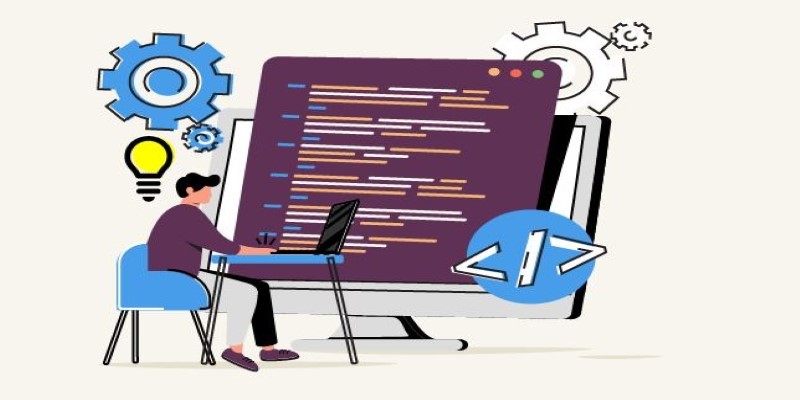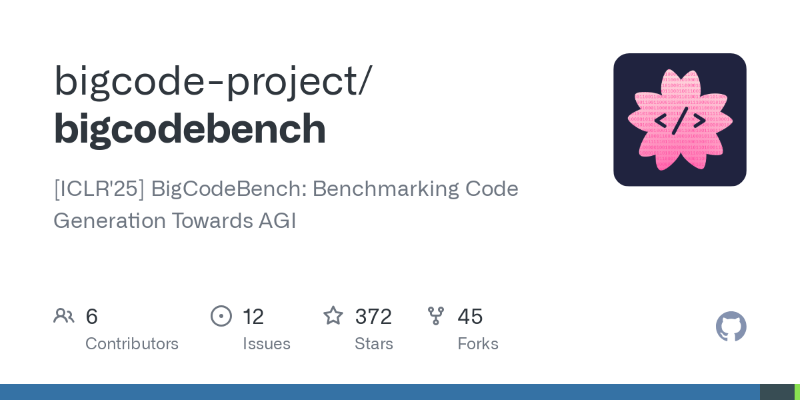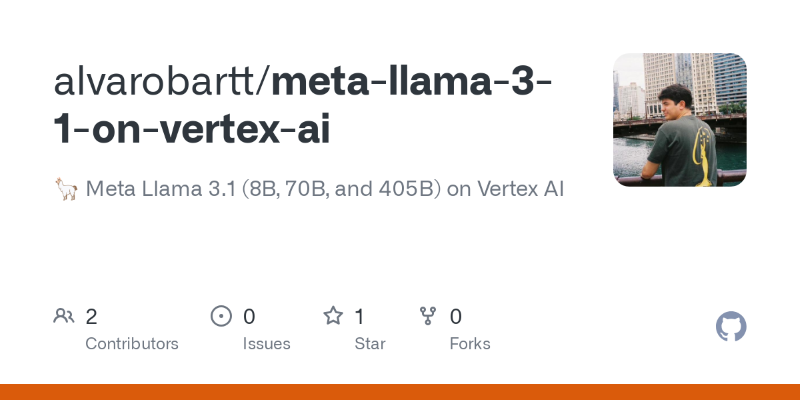Advertisement
If you’ve spent any time in Excel, you’ve probably used VLOOKUP to search for data. But if you're still relying solely on it, you might be missing out on a more powerful and flexible tool. INDEX MATCH is often the go-to alternative, offering more control, speed, and versatility for your data lookup needs.
In this article, we’ll explore why you should consider making the switch from VLOOKUP to INDEX MATCH, and how it can save you time and frustration in your daily Excel tasks.
One of the biggest limitations of VLOOKUP is how rigid it is—you can only search for data in columns to the right of your lookup column. If the information you need is in a column to the left, you're out of luck unless you rearrange your entire table or use a workaround. It's not ideal when you're working with large or frequently updated datasets.
This is where INDEX MATCH makes life easier. It doesn't care where your data sits—left, right, up, down, or even on a different sheet. MATCH finds the row number for your lookup value, and INDEX uses that number to fetch data from any column you choose. It's cleaner, more flexible, and better suited for real-world spreadsheets that aren't always perfectly organized.
Example: Column A has Product IDs, Column B has Prices, and Column C has Product Names. With VLOOKUP, pulling prices based on product names in Column C is awkward. INDEX MATCH handles it smoothly—no matter where the data is.
In VLOOKUP, if you change the order of your columns, it can break your lookup formula. If, for example, you shift columns around by accident, VLOOKUP will no longer return the correct value because it’s locked into a specific column arrangement.

With INDEX MATCH, you don’t have to worry about column order. The formula doesn’t depend on a specific column being to the right or left of the lookup column. As long as you’re pointing to the correct ranges, the formula will continue to work even if the columns are rearranged. This makes your formulas far more robust and adaptable to changes.
Example: You’re working on a dataset where columns A through D contain various types of information. If column D is suddenly moved to column B, your VLOOKUP will break, but your INDEX MATCH formula will remain intact.
Excel has been known to slow down when working with massive datasets. VLOOKUP, especially in large workbooks, can be a performance killer. This is because VLOOKUP searches through all rows in the column it’s looking at until it finds the match. The larger your dataset, the longer it can take.
INDEX MATCH, however, tends to be faster with large datasets. The MATCH function is more efficient when it comes to finding the position of a value within a range because it doesn’t require the formula to search through the entire column in the same way that VLOOKUP does. When you pair it with INDEX, you get faster performance, especially as the number of rows grows.
Example: If you're working with thousands of rows of data (think large sales records or inventory lists), using INDEX MATCH will typically return the result more quickly than VLOOKUP, leading to a smoother experience, especially in larger files.
Excel is dynamic, meaning data can change over time—rows or columns might get added, or ranges might need to shift. When this happens, formulas like VLOOKUP can break or return incorrect results, especially when you add new columns to the middle of a dataset. That’s because VLOOKUP relies on static column numbers or references.
INDEX MATCH formulas are far more adaptable in this sense. They don’t use fixed column positions but instead work with entire ranges. When new data is added to the range, the formula can automatically adjust without needing to be manually updated. This flexibility makes it easier to maintain formulas that need to adjust as data changes.
Example: Suppose you’re tracking monthly sales and adding new months to the sheet regularly. Using INDEX MATCH will ensure that even if you add new columns for upcoming months, your formulas will continue working correctly without any manual intervention.
One of the key advantages of INDEX MATCH over VLOOKUP is the greater control it gives you over whether you’re looking for an exact or approximate match. With VLOOKUP, if you’re looking for an exact match, you have to set the fourth argument to FALSE. If you don’t, it defaults to approximate matching, which can sometimes lead to errors.

INDEX MATCH, however, makes this distinction clearer and more intuitive. When using the MATCH function, you can specify whether you want an exact match (set to 0), an approximate match (set to 1), or even find the largest value smaller than the lookup value (set to -1). This level of control makes it easier to fine-tune how your data is being matched.
Example: Let’s say you’re using INDEX MATCH to find the closest sales target that is less than or equal to a given value. You can set up MATCH with a -1 argument, ensuring that you get the best match for your data—something VLOOKUP can’t do as easily.
While VLOOKUP has served as a staple in Excel for many years, it's not always the best option for data lookups, especially as your needs evolve. INDEX MATCH offers flexibility, efficiency, and reliability, especially when dealing with large datasets, changing columns, or when you need more control over the type of match you're looking for. Making the switch to INDEX MATCH will not only improve the performance of your workbooks but will also help you build more robust and adaptable spreadsheets in the long run. If you’re ready to take your Excel skills up a notch, it’s time to embrace the power of INDEX MATCH over VLOOKUP.
Advertisement

Looking for the best cloud GPU providers for 2025? Compare pricing, hardware, and ease of use from trusted names in GPU cloud services

Discover the top data science leaders to follow in 2025. These voices—from educators to machine learning experts—shape how real-world AI and data projects are built and scaled

Gemma 3 mirrors DSLMs in offering higher value than LLMs by being faster, smaller, and more deployment-ready

Discover OpenAI's key features, benefits, applications, and use cases for businesses to boost productivity and innovation.

Policymakers analyze AI competition between the U.S. and China following DeepSeek’s significant breakthroughs.

How to apply the COUNT function in SQL with 10 clear and practical examples. This guide covers conditional counts, grouping, joins, and more to help you get the most out of SQL queries

What makes BigCodeBench stand out from HumanEval? Explore how this new coding benchmark challenges models with complex, real-world tasks and modern evaluation

Compare ChatGPT vs. HuggingChat to find out which AI chatbot works better for writing, coding, privacy, and hands-on control. Learn which one fits your real-world use

Need to deploy a 405B-parameter Llama on Vertex AI? Follow these steps for a smooth deployment on Google Cloud

How the open-source BI tool Metabase helps teams simplify data analysis and reporting through easy data visualization and analytics—without needing technical skills

How Phi-2 is changing the landscape of language models with compact brilliance, offering high performance without large-scale infrastructure or excessive parameter counts

How to use permutation and combination in Python to solve real-world problems with simple, practical examples. Explore the built-in tools and apply them in coding without complex math